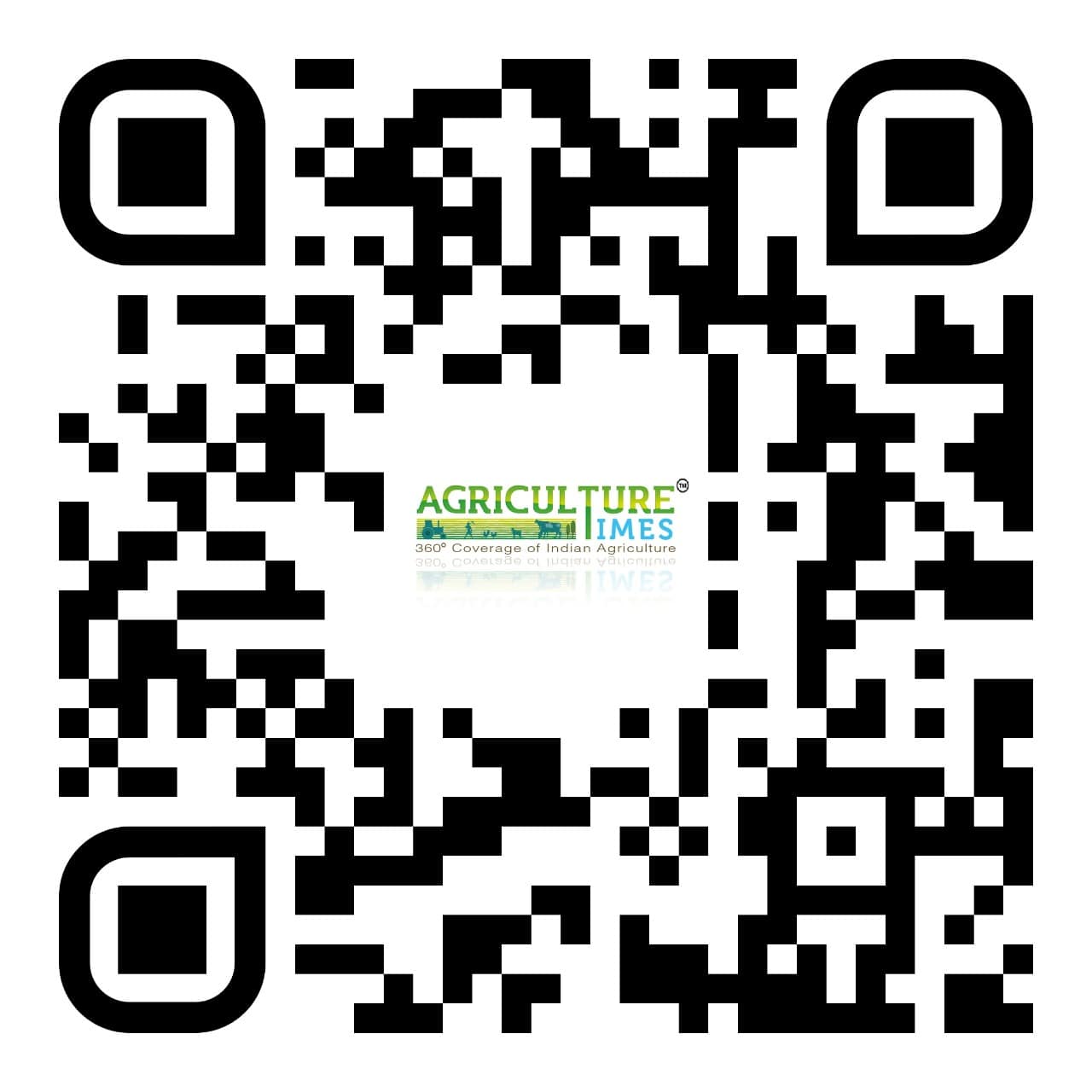PUNE, 8 November 2024: The seafood industry, a vital component of global food supply chains, faces numerous challenges related to sustainability, legality, and quality control.
Issues such as illegal, unreported, and unregulated (IUU) fishing, seafood fraud, and lack of transparency have raised concerns among consumers, regulators, and environmentalists. Blockchain technology offers a promising solution to these challenges by providing a secure, transparent, and immutable ledger for tracking seafood from ocean to table.
Understanding Blockchain Technology
Blockchain is a decentralized digital ledger that records transactions across multiple computers in a way that ensures the data is secure, transparent, and tamper-proof. Each transaction, or "block," is linked to the previous one, forming a "chain" of records that is continuously updated and verified by network participants. This technology can enhance transparency and traceability in the seafood industry in several key ways:
1. Immutable Records: Once a transaction is recorded on the blockchain, it cannot be altered or deleted. This immutability ensures that all data regarding the seafood supply chain remains trustworthy and transparent.
2. Decentralization: Blockchain operates on a decentralized network, reducing the risk of single points of failure and making the system more resilient to fraud and cyberattacks.
3. Smart Contracts: These self-executing contracts with the terms directly written into code can automate and enforce agreements, ensuring compliance with regulations and standards.
Benefits of Blockchain in the Seafood Industry
Implementing blockchain technology in the seafood industry offers numerous benefits that can address current challenges and improve overall supply chain integrity:
1. Enhanced Traceability: Blockchain provides end-to-end traceability, allowing every step of the seafood supply chain to be recorded and verified. From catch to processing, distribution, and retail, each transaction is documented, enabling consumers and stakeholders to trace the origin and journey of seafood products.
Example: A fishing vessel can record catch data, such as species, location, and time, on the blockchain. This information is then linked to subsequent transactions, such as processing and distribution, providing a complete history of the seafood product.
2. Combatting Illegal Fishing: IUU fishing is a significant problem that undermines conservation efforts and threatens marine ecosystems. Blockchain can help combat IUU fishing by ensuring that only legally caught and verified seafood enters the supply chain.
Example: Blockchain-based certification systems can validate fishing licenses and quotas, ensuring compliance with regulations. Any seafood product lacking proper documentation can be flagged and removed from the supply chain.
3. Reducing Seafood Fraud: Seafood fraud, where cheaper or mislabeled species are sold as premium products, is a widespread issue. Blockchain can enhance transparency and prevent fraud by providing verifiable records of each seafood product's species and origin.
Example: DNA testing results can be recorded on the blockchain, ensuring that the species listed on the label matches the actual product. Retailers and consumers can access this information to verify authenticity.
4. Improving Food Safety: Blockchain enables rapid identification and response to food safety issues, such as contamination or spoilage. By tracing the source of a problem quickly, affected products can be recalled efficiently, minimizing health risks.
Example: If a batch of seafood is found to be contaminated, blockchain can pinpoint its origin and the distribution path, allowing for a targeted recall. This reduces the scope of recalls and protects consumer health.
5. Building Consumer Trust: Consumers are increasingly concerned about the sustainability and ethical sourcing of their food. Blockchain provides a transparent and verifiable record of seafood products, building trust and confidence among consumers.
Example: Retailers can provide QR codes on packaging that consumers can scan to access detailed information about the seafood's journey, including catch methods, sustainability certifications, and processing details.
Case Studies and Implementations
Several companies and organizations are pioneering the use of blockchain in the seafood industry, demonstrating its potential to revolutionize the sector:
1. Provenance: A UK-based startup, Provenance, uses blockchain to enhance transparency in supply chains, including seafood. They work with fisheries, processors, and retailers to provide verifiable data on seafood products, ensuring sustainability and ethical sourcing.
2. IBM Food Trust: IBM's blockchain platform, Food Trust, has partnered with seafood companies to enhance traceability and transparency. The platform enables stakeholders to share and access information across the supply chain, improving efficiency and trust.
3. Thai Union: One of the world's largest seafood producers, Thai Union, has adopted blockchain technology to ensure the traceability of its products. Their initiative aims to combat IUU fishing and improve supply chain transparency.
Challenges and Future Directions
While blockchain offers significant benefits, its implementation in the seafood industry comes with challenges:
1. Data Accuracy: The reliability of blockchain records depends on the accuracy of the data entered. Ensuring that all participants in the supply chain provide accurate and truthful information is crucial.
2. Adoption and Integration: Widespread adoption of blockchain requires collaboration among various stakeholders, including fishermen, processors, distributors, and retailers. Integrating blockchain with existing systems and processes can be complex.
3. Cost and Accessibility: Implementing blockchain technology involves costs related to infrastructure, training, and maintenance. Making the technology accessible and affordable for small-scale fisheries and producers is essential.
4. Standardization: Establishing industry-wide standards for data recording and blockchain use is necessary to ensure interoperability and consistency across the supply chain.
Despite these challenges, the future of blockchain in the seafood industry looks promising. Continued advancements in technology, combined with increasing consumer demand for transparency and sustainability, will drive the adoption of blockchain solutions. Collaborative efforts among industry stakeholders, regulators, and technology providers will be key to overcoming challenges and realizing the full potential of blockchain.
Blockchain technology is poised to revolutionize the seafood industry by ensuring transparency, traceability, and sustainability. By providing an immutable and decentralized record of seafood products, blockchain can combat illegal fishing, reduce fraud, improve food safety, and build consumer trust. As more companies and organizations adopt blockchain, the seafood industry can achieve greater integrity and sustainability, meeting the demands of modern consumers and protecting marine ecosystems for future generations.
Image credit: fao.org























